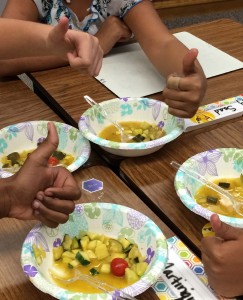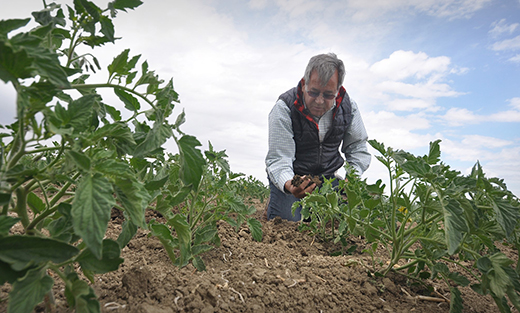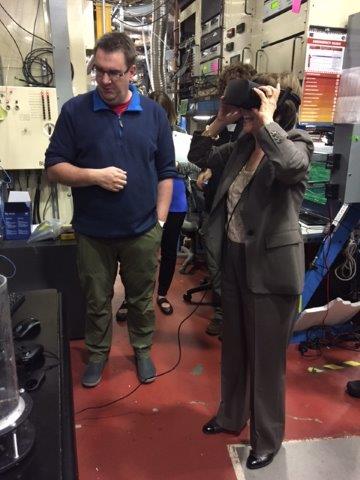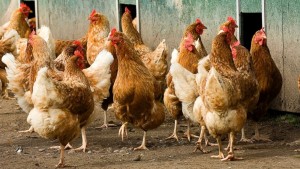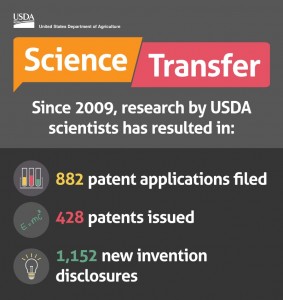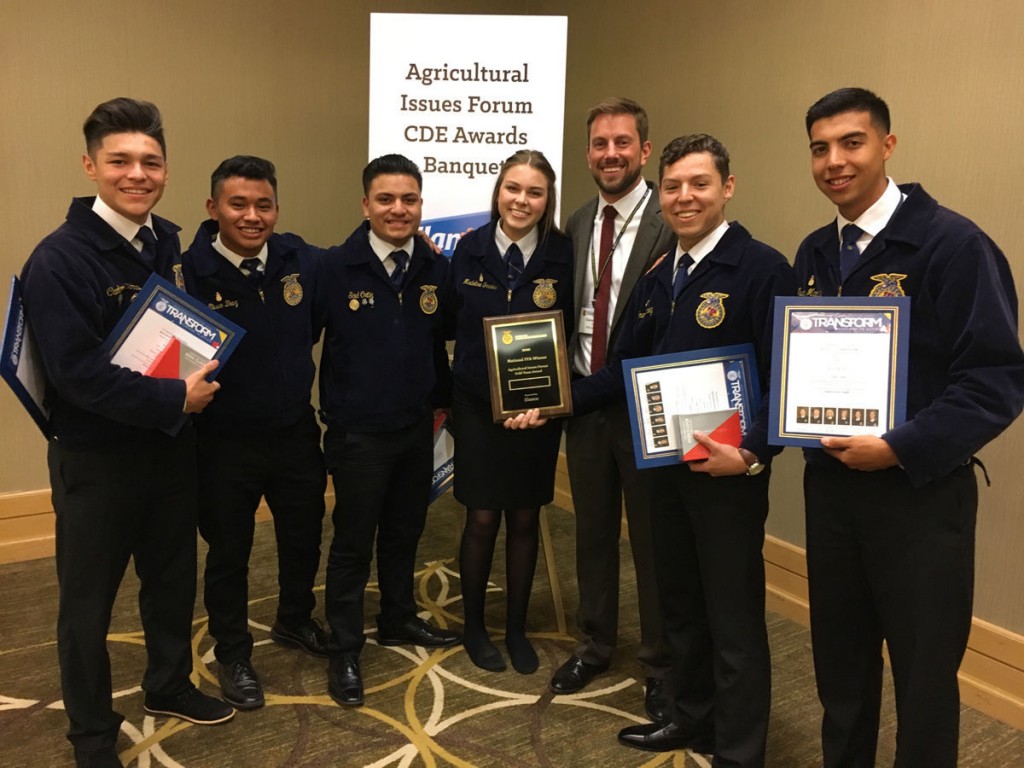By Blair Looney, Better Business Bureau
A reader: I was driving to work this morning and saw a booth space in a public parking lot that said they had meat for sale. It looked comparable to a fireworks booth. The sign on the booth said “10 ribeyes for $10.99.” That is beyond cheap. Is it legal to sell meat in a public parking lot like this?
Action Line: The company that sells the meat would be governed by whatever city, county, state and federal laws are on the books. Meat sales are regulated by the California Department of Food and Agriculture, Division of Measurement Standards, (CDFA/DMS).
CDFA/DMS checks packages for the accuracy of the net content statements. There is a “Fair Packaging and Labeling Act” containing requirements including laws against misleading and deceptive packages or advertisements.
According to CDFA/DMS, California spends an estimated $136 billion every year on commodities that are sold by weight, measure and count. So that is the first thing you would want to look into. If they are selling 10 ribeyes for $10, how much does each ribeye weigh? If you feel the pricing, packaging and weight are not accurate, you can contact your county office of weights and measures.
There is also regulation that comes from the U.S. Department of Agriculture Food Safety and Inspection Service. If the company is operating within city limits, most cities require city licensing. You can check to see if they are registered properly.
But here is my big concern: If they are selling meat in a parking lot, is it refrigerated properly? The USDA and BBB suggest that you check on the dealer. Ask for a brochure. Read the labeling on the package or carton before you purchase anything. Insist of having the phone number of the establishment that inspected the meat. Check for grading information on the product. Make sure you understand the cuts of meat. Ask to see a retail permit or city license.
Again, make sure the meat has been transported in a refrigeration vehicle. USDA advises that you should never buy meat or poultry products that are carried in an unrefrigerated truck or car trunk. The product may be unsafe because bacteria that cause illness multiply rapidly over 40 degrees.
The Federal Trade Commission also has the three-day cooling-off rule that gives you three days to change your mind. You must cancel the purchase within those three days as long as the purchase is in your home, not a location that is a permanent address for the business. This rule does not cover sales of $25 or under.
If you make a purchase and are not satisfied with it, contact the company to see if you can resolve it yourself. Make sure that you act quickly. If the company does not resolve the issue, you may file a complaint at bbb.org as well as the other agencies listed in the column.
Action Line is written by Blair Looney, president and CEO for the Better Business Bureau serving Central California. Send your consumer concerns, questions and problems to Action Line at the Better Business Bureau, 2600 W. Shaw Lane, Fresno, CA 93711 or info@cencal.bbb.org.



